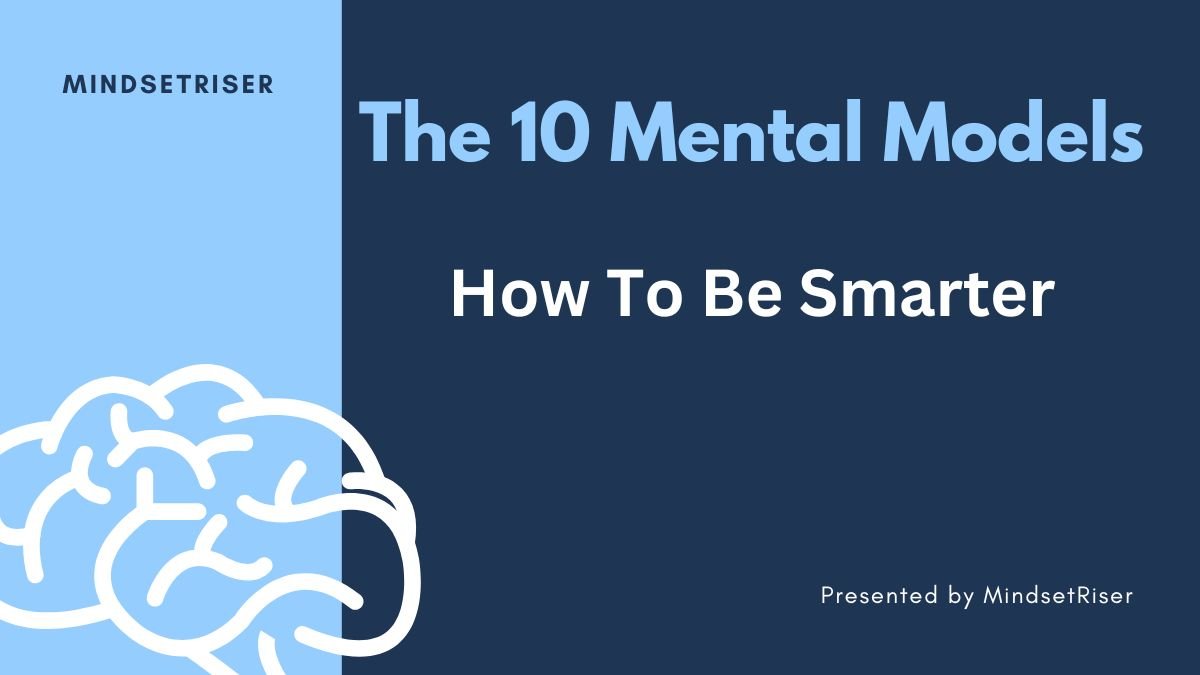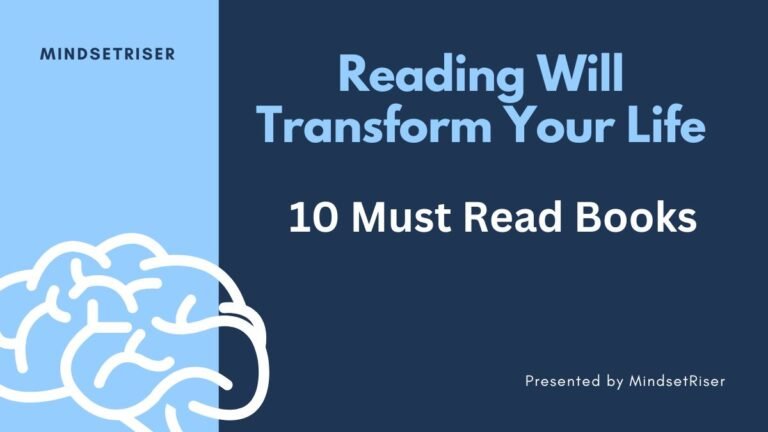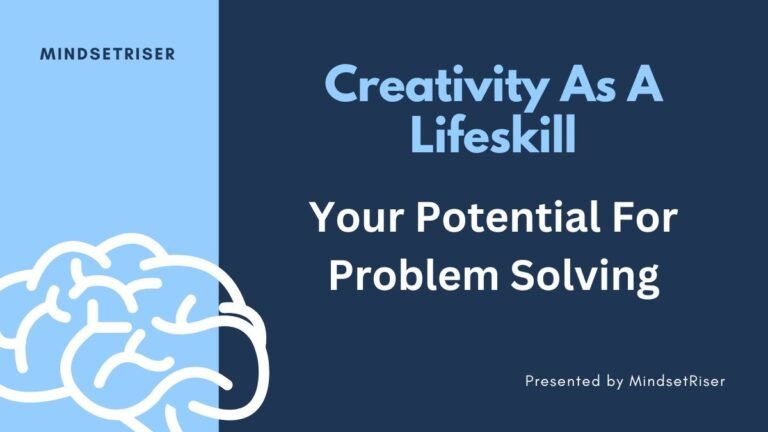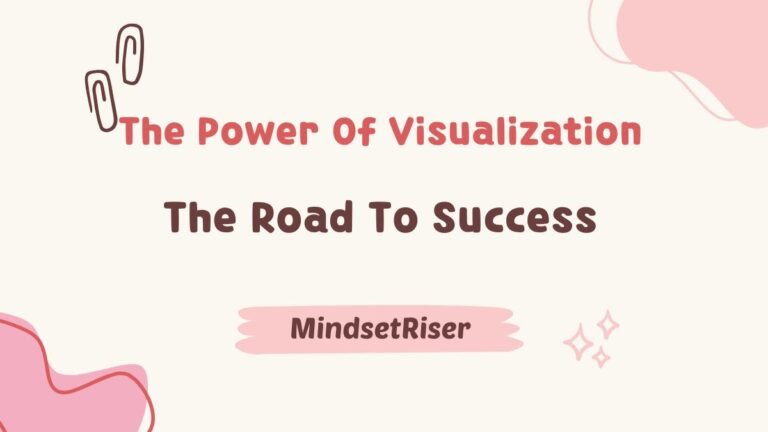The 10 Mental Models That Make You Smarter Than 99% of People (And How to Use Them)
In a world drowning in information but starved for wisdom, mental models are the secret weapon of elite thinkers. These cognitive frameworks help you cut through complexity, make better decisions, and solve problems faster. While most people rely on guesswork or outdated assumptions, mastering these 10 mental models will elevate your thinking—and put you ahead of 99%…
In a world drowning in information but starved for wisdom, mental models are the secret weapon of elite thinkers. These cognitive frameworks help you cut through complexity, make better decisions, and solve problems faster. While most people rely on guesswork or outdated assumptions, mastering these 10 mental models will elevate your thinking—and put you ahead of 99% of the crowd.
Let’s dive in.
1. Inversion: Think Backward to Move Forward
What it is: Instead of asking, “How do I succeed?” ask, “What would make me fail?” This model, championed by mathematician Carl Jacobi and investor Charlie Munger, flips problems upside down to expose hidden risks.
Why it works: By identifying pitfalls first, you avoid them and create a clearer path to success.
Real-world example: Amazon’s Jeff Bezos starts every project by writing a press release for its failure, then works backward to fix flaws.
SEO Keyword Tip: “Reverse thinking for success”
2. First Principles Thinking: Break It Down Like Elon Musk
What it is: Strip ideas to their fundamental truths. Instead of accepting “how things are done,” rebuild from scratch.
Why it works: It helped Elon Musk slash SpaceX rocket costs by questioning assumptions (e.g., “Why are rockets so expensive?”).
How to apply: Ask:
- What’s the core problem?
- What are the undeniable facts?
- How can I rebuild from here?
Pro Tip: Use this for innovation or solving stubborn problems.
3. Second-Order Thinking: “And Then What?”
What it is: Look beyond immediate consequences to anticipate ripple effects.
Why it works: Most people stop at first-order effects (e.g., “This diet will help me lose weight”). Second-order thinking asks, “But how will it impact my energy, relationships, or long-term health?”
Case Study: Blockbuster ignored Netflix’s DVD-by-mail model, not foreseeing streaming’s second-order disruption.
4. Hanlon’s Razor: Assume Ignorance, Not Malice
What it is: “Never attribute to malice what can be explained by incompetence.”
Why it works: Reduces conflict and helps you respond rationally. If a colleague misses a deadline, assume oversight—not sabotage.
SEO Keyword: “Improve workplace communication”
5. Occam’s Razor: The Simplest Answer Wins
What it is: When faced with competing explanations, the simplest one is often correct.
Why it works: Complexity breeds confusion. Use this to cut through noise in decision-making.
Example: A website’s traffic drop is more likely due to a Google algorithm update than a hacked server.
6. Pareto Principle (80/20 Rule): Focus on the Vital Few
What it is: 80% of results come from 20% of efforts.
Why it works: Prioritize high-impact tasks. For instance:
- 20% of clients drive 80% of revenue.
- 20% of habits improve 80% of your health.
Action Step: Audit your to-do list—eliminate the trivial many.
7. Circle of Competence: Stay in Your Lane
What it is: Warren Buffett credits his success to knowing his “circle” (industries he understands) and avoiding what he doesn’t.
Why it works: Prevents costly mistakes. You don’t need to be an expert in everything—just self-aware.
SEO Keyword: “How to make smarter decisions”
8. Probabilistic Thinking: Bet on the Odds
What it is: Use data and logic to estimate outcomes. Think like a poker player, not a gambler.
Why it works: Life is uncertain—probabilities help you navigate ambiguity.
Example: Before investing, ask: “What’s the likelihood this stock doubles in 5 years?”
9. The Map is Not the Territory
What it is: A model reminding us that abstractions (maps, plans, models) are simplifications—not reality.
Why it works: Keeps you flexible. When your “map” fails, adapt.
Quote: “The menu is not the meal.” – Alan Watts
10. Opportunity Cost: What You Give Up Matters
What it is: Every choice has a hidden cost—the value of the next best alternative.
Why it works: Helps prioritize. Watching Netflix for 3 hours costs you time to learn a skill or build a side hustle.
How to Practice Mental Models Daily
- Start small: Apply one model weekly (e.g., Pareto for time management).
- Journal: Reflect on decisions using frameworks like inversion.
- Learn interdisciplinary: Mental models thrive at the intersection of fields like physics, economics, and psychology.
FAQ: Your Mental Models Questions Answered
Q: Are mental models only for business?
A: No! Use them for relationships, health, finances, and creativity.
Q: Who invented mental models?
A: Philosopher Kenneth Craik in the 1940s, popularized by Charlie Munger.
Q: How many models should I learn?
A: Master 5-10 core ones—quality over quantity.
Conclusion: Become a Mental Model Jedi
Mental models are the Swiss Army knife of cognition. By weaving these 10 frameworks into your thinking, you’ll decode complexity, avoid costly mistakes, and outsmart competitors. Remember: You don’t need to know everything—just the right things.







